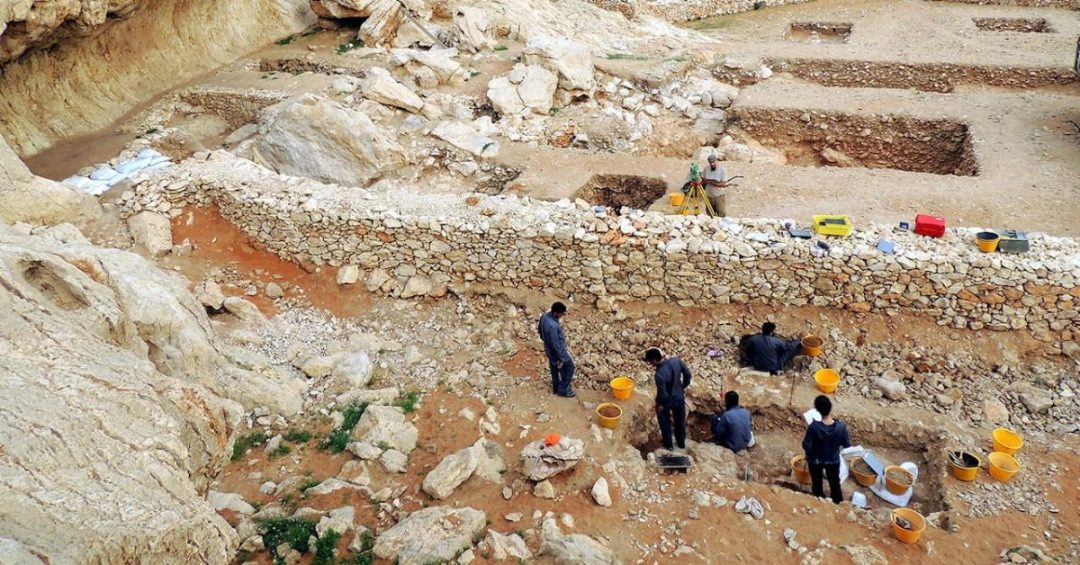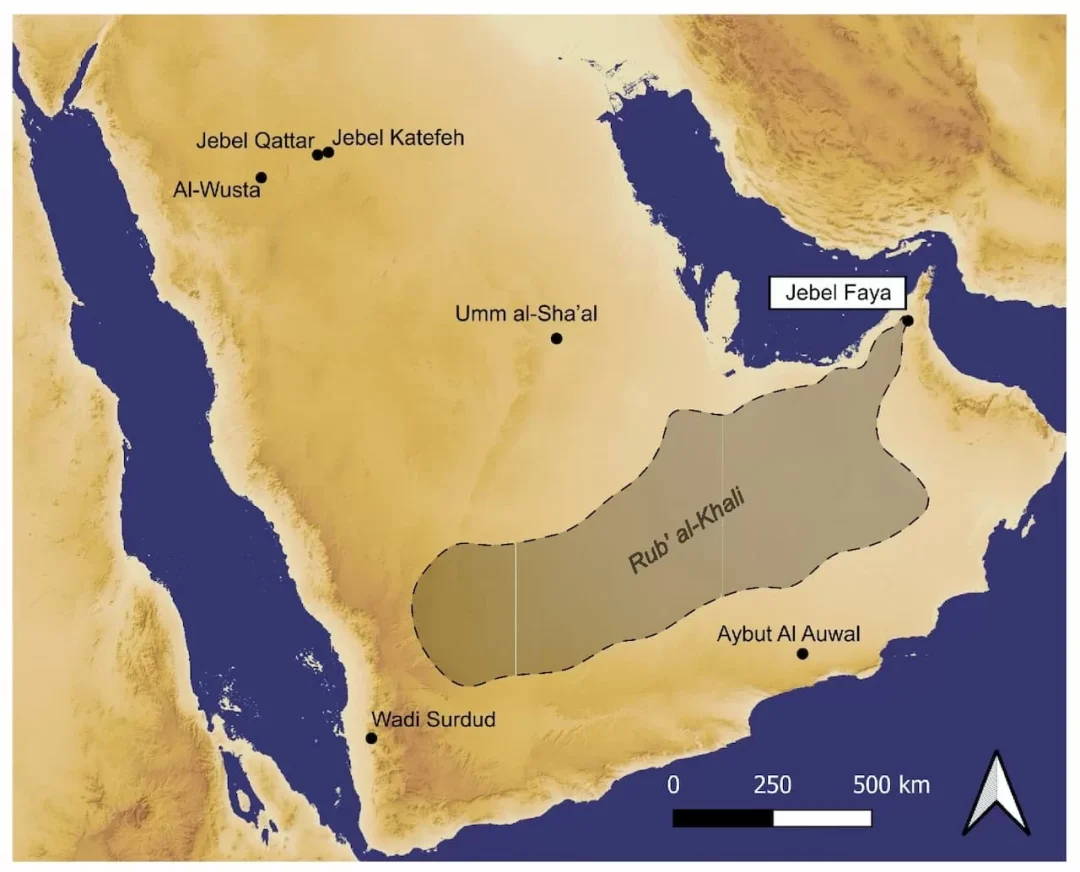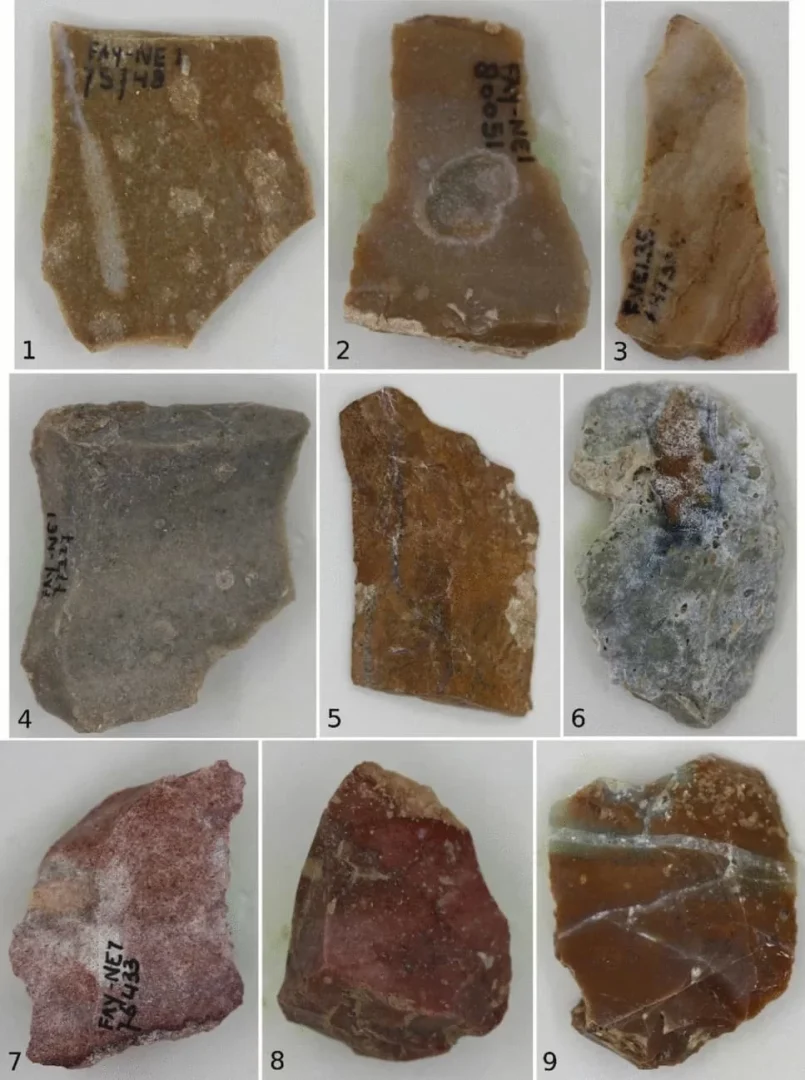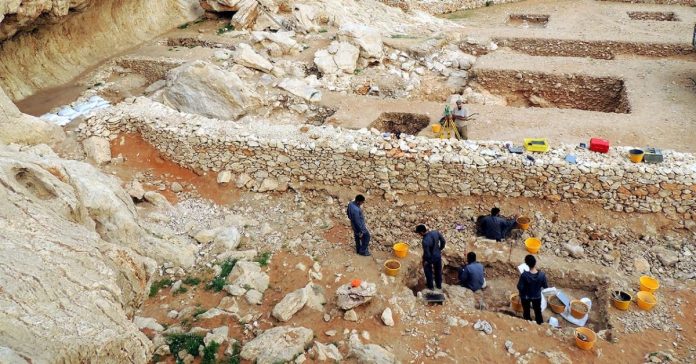A groundbreaking discovery at Jebel Faya in Sharjah, UAE, has unveiled 80,000-year-old stone tools. These tools are reshaping theories about early human movements out of Africa. An international research team, directed by Dr. Knut Bretzke of Friedrich Schiller University Jena, employed luminescence dating to determine the age of these artifacts. They represent the earliest known organized production of stone blades in Arabia. Published in Archaeological and Anthropological Sciences, the findings highlight southern Arabia’s previously underestimated role in the cultural and migratory history of Homo sapiens.

Climate Shifts and Cultural Divergence
Between 130,000 and 80,000 years ago, Arabia experienced a lush phase with rivers and lakes across the peninsula. This environment supported human habitation and shared tool-making practices among early populations. However, as extreme aridity set in, northern and southern regions developed distinct cultural trajectories. Dr. Bretzke notes this divergence is critical for mapping the timing and routes of human expansions. “Southern Arabia’s environmental transformation likely spurred unique technological adaptations, influencing migration pathways into Southwest Asia,” he explains.

Migration Waves and Fossil Gaps
While genetic and archaeological evidence indicates Homo sapiens began dispersing from Africa as early as 150,000 years ago, the Jebel Faya tools suggest a significant migration along Arabia’s southern coast around 80,000 years ago. A persistent challenge, however, is the absence of Paleolithic human fossils in the region, preventing direct genetic links to the toolmakers. Excavations at Jebel Faya, reaching depths of five meters, document intermittent human activity spanning 210,000 to 10,000 years ago. Yet, without skeletal remains, researchers rely on cultural artifacts to infer connections to broader human lineages.

Collaborative Insights and Future Directions
The project unites experts from Friedrich Schiller University Jena, the Universities of Tübingen and Freiburg (Germany), Oxford Brookes University (UK), and Sharjah’s archaeological authorities. This collaboration underscores the importance of integrating local knowledge with international expertise. “Understanding how humans adapted to Arabia’s climatic extremes requires multidisciplinary efforts,” says Dr. Bretzke. Future research aims to uncover additional evidence of technological innovation and survival strategies in response to environmental shifts.
By redefining southern Arabia’s role in ancient human migrations, this discovery opens new avenues for exploring how our ancestors navigated and thrived in dynamic landscapes. As investigations continue, scientists hope to piece together the puzzle of early human resilience and creativity in the face of a changing planet.

